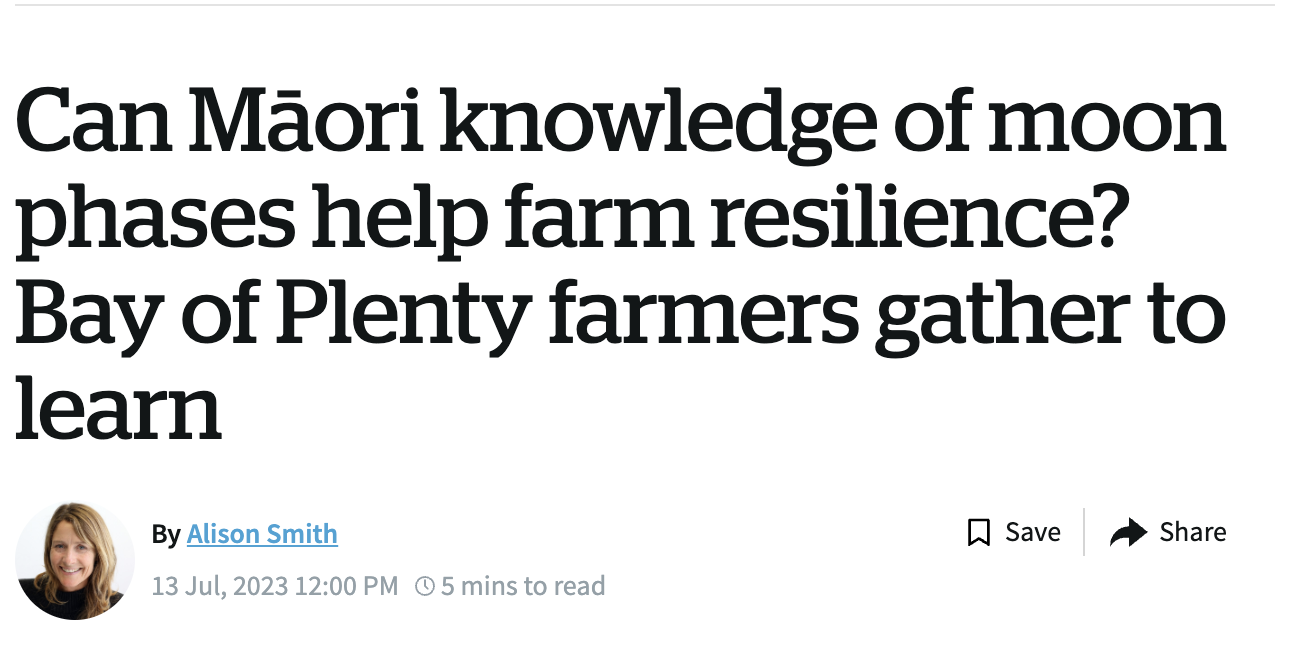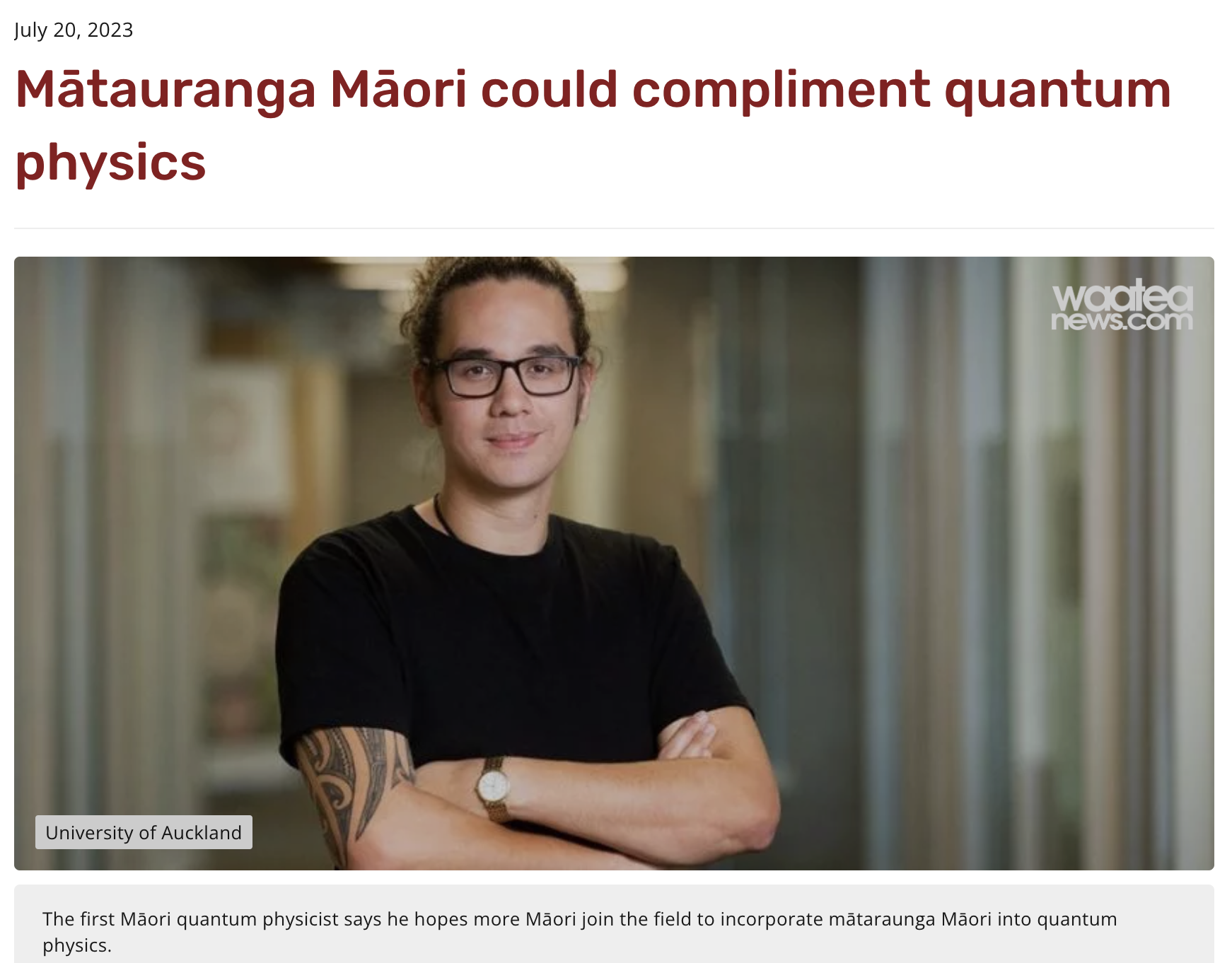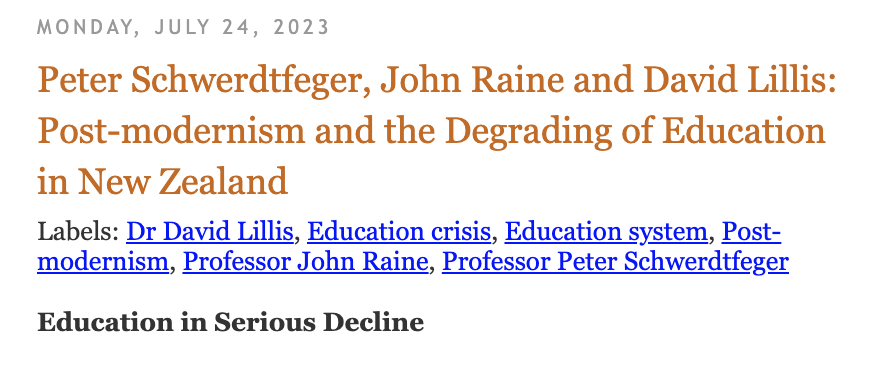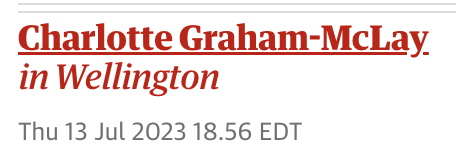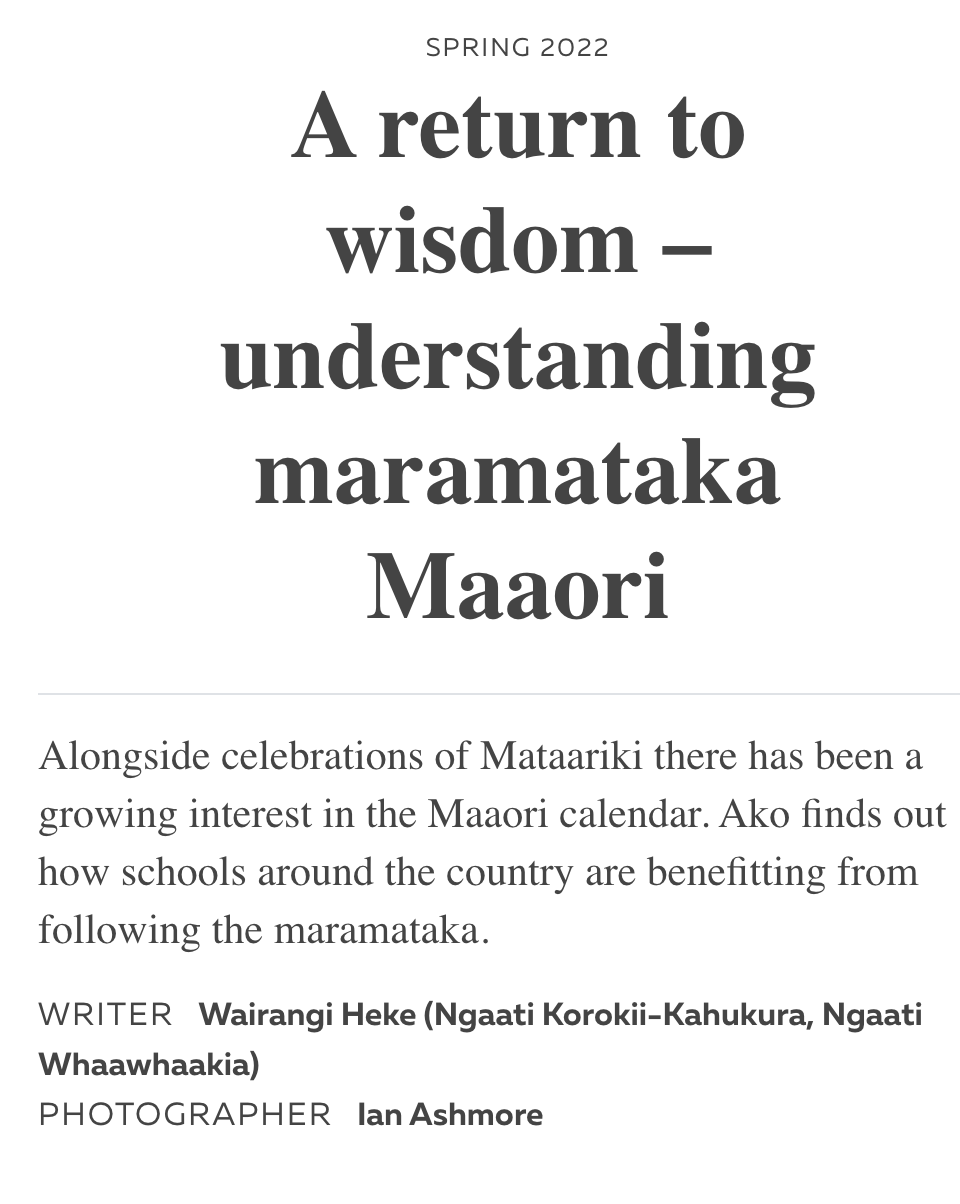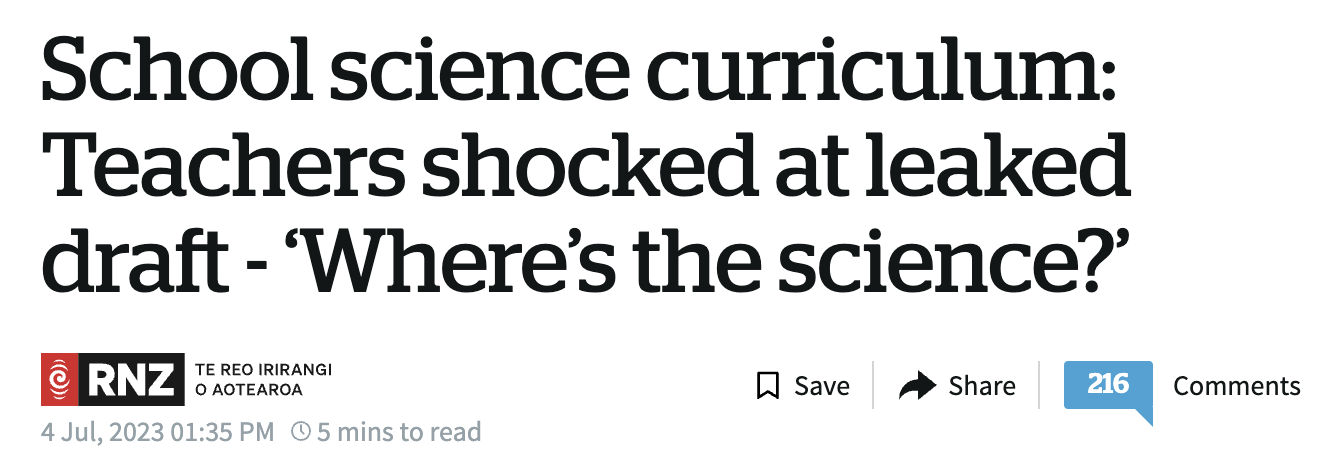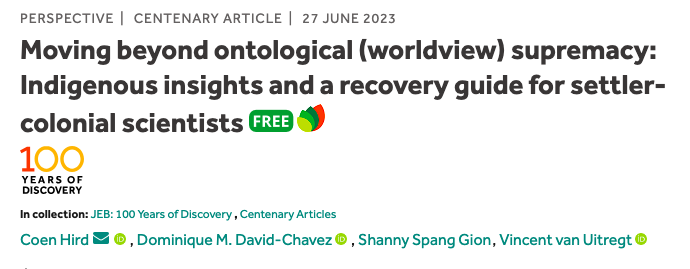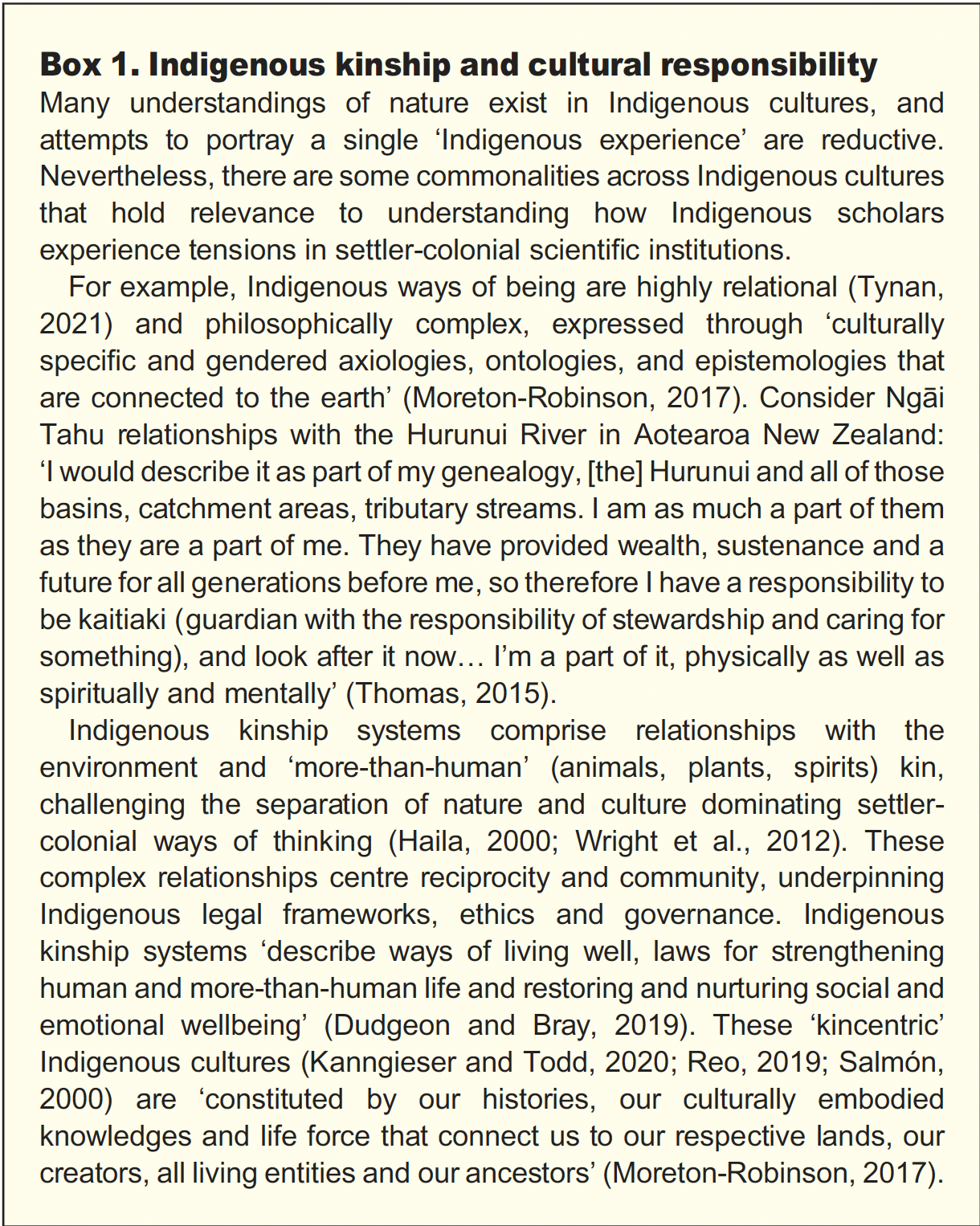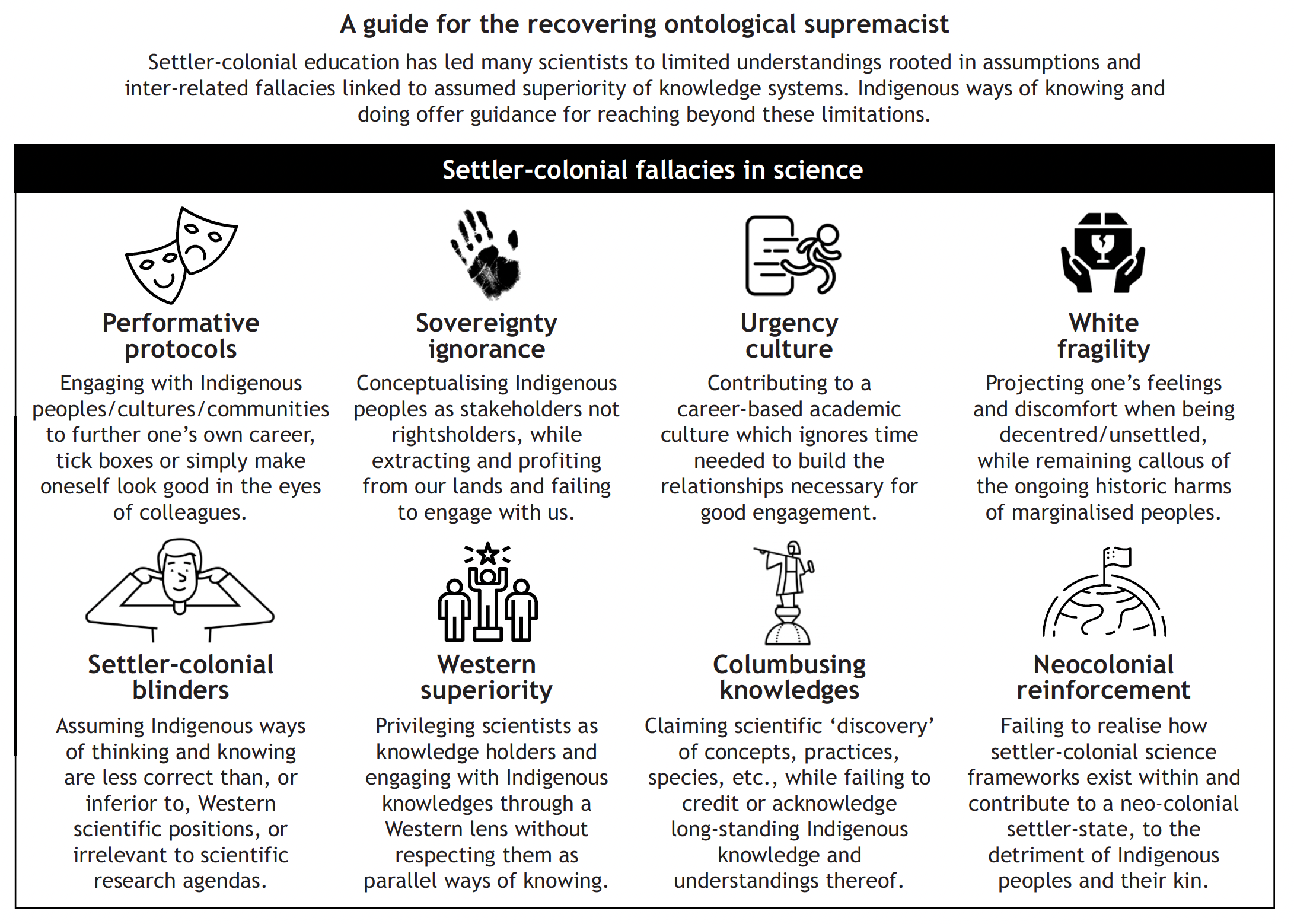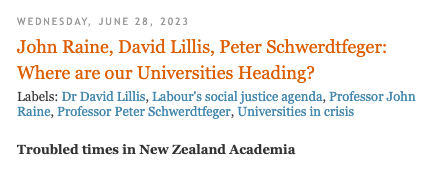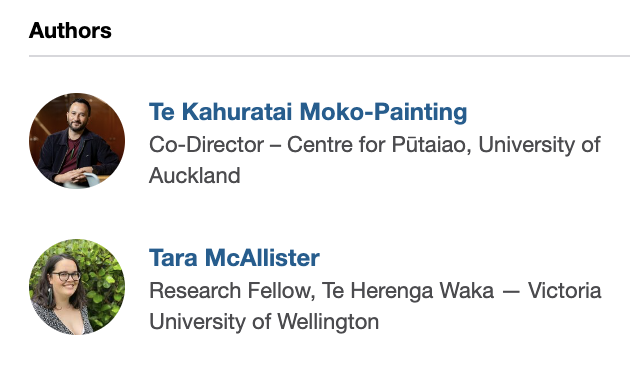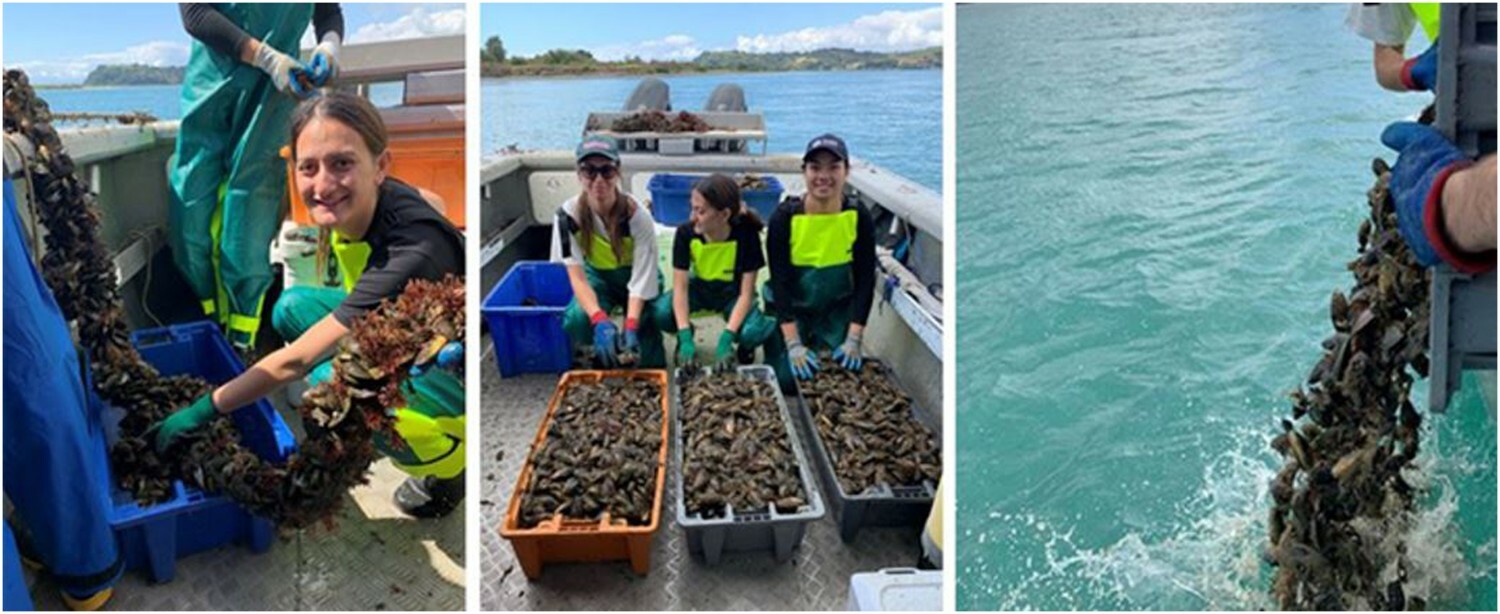We’ve already learned that, with respect to some indigenous “scientific” theories, the New Zealand government is willing to commit the “Concorde” or “sunk cost” fallacy, continuing to fund lines of inquiry even though those projects have already been proven wrong or unproductive. A particularly egregious example, which I’ve documented before (see here, here and here) is the NZ government’s handing out $660,000 (NZ) to Priscilla Wehi of the University of Otago to pursue claims that the Polynesians (ancestors of the Māori) had discovered Antarctica in the early seventh century. That claim was debunked by Māori scholars themselves, who discovered it was based on a mistranslation of an oral legend. The real discoverers of Antarctica were members of a Russian expedition in 1820. But Wehi was still given a big chunk of money to pursue a palpably stupid idea—only because it was based on an faulty indigenous legend.
The same thing is about to happen again, but this time involving more money. Now $2.7 million (NZ) has been given out to Māori workers to test (not really a “test”, as there’s no control) their notion that the phases of the moon affect plants to the extent that you can improve crop yield by planting and harvesting during certain propitious lunar phases.
This idea had already been debunked decades ago, but once again the Kiwis who hand out grants don’t care; they just want to proffer money to Māori, presumably as some form of affirmation of indigenous “ways of knowing”.
But read on about the government’s funding of Māori “tests” of the effects of lunar phases on planting. Is there a control that ignores Moon phases? Not that I see. Further, the data already exists in the literature to show that this endeavor is useless. It’s not a “test,” but a complete waste of taxpayers money.
This article is from a section of New Zealand’s most widely read newspaper, the New Zealand Herald. Note that “maramataka” is the Māori lunar calendar
Note that throughout the article there are reference to “positive results” of relying on the Moon’s phases for planting and harvesting, but no data have been published, and none are given. This is an exercise in confirmation bias, in giving money based on what people want to be true.
Using ancient Māori knowledge of moon phases has shown positive results on pasture growth and riparian planting resilience for Bay of Plenty farmers Miru Young and Mohi Beckham.
The farmers were among those who spent two days on historic Te Kūiti Pā being guided through the Māori lunar calendar at a first-of-its-kind workshop.
They were shown why moon phases can influence aspects of plant growth, seed-sowing effectiveness and the potency of healing properties in native plants that Māori farmers have used to counter illnesses in farm animals for decades.
“We’re not here to preach maramataka (lunar calendar) but encourage farmers to observe so they can utilise the tools around us,” said Erina Wehi-Barton.
“Using maramataka and traditional plant knowledge is about working smarter not harder.
. . .Erina is a mātauranga practitioner and project specialist/kairangahau Māori for the trial Rere ki uta rere ki tai.
Note the implication below that this is a controlled study: mātauranga, characterized as “Māori science” is to be tested alongside “Western science”. But that’s the only time you hear anything about a control, and I’m pretty sure there isn’t one. My bolding:
The Government-funded trial explores mātauranga — Māori science —alongside Western science and farmer knowledge to improve soil health.
It is one of three place-based projects awarded funding as part of the Revitalise Te Taiao research programme. Paeroa-based Rere ki uta rere ki tai has been allocated $2.7 million to test farming methods that aim to “enhance the mana and mauri of the soil” across 10 farms.
“Mana” refers roughly to “spiritual power”, while “mauri” means “life principle/vital essence”. Both are teleological words that have no place in science. But there’s more:
Erina said farmers already spent their days observing differences in pasture and forest growth through the seasons and were uniquely placed to gain insights over a lunar cycle. [JAC: where are the data?]
. . . The workshop came about after Erina visited Miru’s 80ha dairy farm in Pukehina, and had a conversation about maramataka.
Miru’s father Patrick and late granddad Steve had shared what they knew about maramataka, but the workshop allowed Young to learn more about each individual moon phase and how it might influence his farm.
“I grew up with maramataka from Dad and Koro (grandad), and Dad used it for gardening, hunting, fishing and diving. Now I do it for all of those, but I never thought about doing it for farming,” he says.
“What I do with fishing and diving is I write down what I get when I go out and what the moon phase is, then I know where to go back at what time. I saw patterns, more seasonal than anything.
“But with farming, I didn’t know how it might work because we use a contractor for planting, and he comes down when he’s ready, not when I’m ready.
“After I’d spent two years writing down my planting and the moon phases, I’d built a better relationship with my contractor, and I picked a better time to plant on, and now he’ll come then.”
Miru has recorded his observations that pasture was slower to get going at certain moon phases.
During the workshop on the marae, he talked with Wehi-Barton’s “ngahere parents” — who have taught her their knowledge of the forest — and related this to his experience hunting by the moon phase.
“I could see the patterns with hunting and diving.”
What patterns? Where are the data?
Fellow Bay of Plenty farmer Mohi Beckham grew up in a big family and learned from his mother who incorporated traditional Māori knowledge into her garden that helped sustain the whānau [extended family].
He has employed contractors who use the lunar cycle to guide riparian planting times on his brother’s Scylla Farm in Pukehina, a 208ha mixed dairy farm and orchard that he manages in the Bay of Plenty.
“We’re already doing maramataka on our farm through our planting of riparian plants, and the results they’ve had are amazing,” he says.
“The contractors only work in the high energy days of the lunar cycle, which is anywhere between 12 and 20 days compared to five days a week for conventional planting contractors. But the productivity is higher in the maramataka boys.
“A lot of our stuff has been under water this year and there’s a 93 per cent survival rate for their [maramataka] plantings. Usually, you are lucky when the survival rate is at 80 per cent.”
That’s about all the data we get, and it’s not only anecdotal, but not precise. They didn’t even record the observations! (my bolding)
Mohi says he hasn’t kept a diary to properly record observations, but had experimented with sowing pasture on different moon phases that are resting and dormant phases or high-energy phases for plant growth.
“Two years ago we planted some according to the best phase of maramataka and some a week before that high-energy period. The maramataka outgrew the first area sown, even though it was planted seven to 10 days later.”
Taranaki farmer Nick Collins, the farm engagement adviser for Rere ki uta rere ki tai, has used moon phases during his 18 years as an organic dairy farmer.
“With hay, we found it cures better on the new moon, or after the full moon, because there’s lower moisture levels in the pasture,” he says.
“Leading up to the full moon is the active phase, which was a good time for silage because we weren’t worried about drying the plant. But we found that with hay, it seemed to dry better when the plant has lower moisture levels, and that’s a waning moon.”
Note: the hay “seems to dry better”. When you hear stuff like that, remember Feynman’s remarks about the nature of science:
“The first principle is not to fool yourself – and you are the easiest person to fool.”
What we see above is simply an exercise in reinforcing self-foolery. And of course the newspaper doesn’t dare raise any questions about it.
But there’s really no need to waste this $2.7 million, because there are already many, many published studies examining whether the phases of the moon influence crop physiology or yield. They’re summarized in the paper below from journal Agronomy, published by MDPI. And the answer is that the lunar phases have no palpable effect on crop growth or yield, mainly because the influence of the Moon’s phases is simply too miniscule to affect plants. In other words, we already know that the studies above won’t show a positive effect, because similar work has already been tried.
The authors did an extensive survey of the influence of lunar phases on plant physiology and, looking at all published studies, found no effect.
Here’s the abstract, which pulls no punches, noting that popular agricultural practices that are tied to lunar phases have “no scientific backing.” Did that stop the NZ government from handing out millions to farmers using indigenous “ways of knowing” based on those phases? Nope.
All bolding is mine.
Abstract
This paper reviews the beliefs which drive some agricultural sectors to consider the lunar influence as either a stress or a beneficial factor when it comes to organizing their tasks. To address the link between lunar phases and agriculture from a scientific perspective, we conducted a review of textbooks and monographs used to teach agronomy, botany, horticulture and plant physiology; we also consider the physics that address the effects of the Moon on our planet. Finally, we review the scientific literature on plant development, specifically searching for any direct or indirect reference to the influence of the Moon on plant physiology. We found that there is no reliable, science-based evidence for any relationship between lunar phases and plant physiology in any plant–science related textbooks or peer-reviewed journal articles justifying agricultural practices conditioned by the Moon. Nor does evidence from the field of physics support a causal relationship between lunar forces and plant responses. Therefore, popular agricultural practices that are tied to lunar phases have no scientific backing. We strongly encourage teachers involved in plant sciences education to objectively address pseudo-scientific ideas and promote critical thinking.
And the conclusion:
Conclusions
Science has widely established different evidences: (i) the Moon’s gravity on the Earth cannot have any effect on the life cycle of plants due to the fact that it is 3.3 × 10−5 ms−2, almost 300,000 times lower that the Earth’s gravity; (ii) since all the oceans are communicated and we can consider their size being the size of the Earth, the Moon’s influence on the tides is 10−6 ms−2, but for a 2 m height plant such value is 3 × 10−13 ms−2 and, therefore, completely imperceptible; (iii) the Moon’s illuminance cannot have any effect on plant life since it is, at best, 128,000 times lower than the minimum of sunlight on an average day; (iv) the rest of possible effects of the Moon on the Earth (e.g., magnetic field, polarization of light) are non-existent.
The logical consequence of such evidence is that none of these effects appear in physics and biology reference handbooks. However, many of these beliefs are deeply ingrained in both agricultural traditions and collective imagery. This shows that more research should be undertaken on the possible effects observed on plants and assigned to the Moon by the popular belief, addressing their causes, if any. It would also be interesting to address these issues in both compulsory education and formal higher agricultural education in order to address pseudo-scientific ideas and promote critical thinking.
Well, the “research” being undertaken above is not scientific, as there’s no control—but perhaps “control studies” are an invidious artifact of “Western science”. Because of this, it doesn’t count as the “more research on possible” effects called for by Mayoral et al.
If this was a proposal submitted to the U.S.’s National Science Foundation, it would never be funded for two reasons: it flies in the face of what’s already established knowledge in agronomy, and preliminary studies haven’t been done to show that there’s a likely effect of lunar phases on crop yield.
Mayoral et al. also warn that studies like the one above border on “pseudoscience” and can pollute science teaching. I’d leave out the words “border on” and say “are pseudoscience.” From the Agronomy paper:
We are concerned about the insidious spread of pseudo-scientific ideas, not only in the field of plant science (which determines many of the behaviours, habits and techniques of many farmers in rural areas) but into the broader population through both formal and informal education. As science educators, we are especially concerned about the widespread belief in pseudo-science throughout the general populace and especially in science teachers. Solbes et al. showed that 64.9% of a sample of 131 future science teachers agree or partially agree with the expression “The phase of the Moon can affect, to some extent, several factors such as health, the birth of children or certain agricultural tasks”. [If they surveyed the Māori, the proportion would be higher than 65%.]
Given this worrying scenario, teachers must promote critical thinking as an essential part of citizenship development. . .
Is that going to happen in New Zealand? Again, not a chance. It’s considered “racist” to denigrate Māori practices or Māori “ways of knowing”. Yes, there are some empirical trial and error bits of knowledge in MM, but none of them are based on the kind of hypothesis-testing used by modern science. This study is just another bit of unscientific work. Further, it has the potential to damage Kiwi agriculture, basing it on traditional lore rather than hard scientific tests. And, as the authors note, it has the potential to damage the scientific education of New Zealand’s youth as well, for the government under PM Chris Hipkins is determined to teach mātauranga Māori in science classes as equivalent to modern (“Western”) science. (Note that science isn’t “Western”; it’s the purview of workers throughout the world.)
I was sent the Herald article by three separate New Zealand scientists who found it wrongheaded and foolish. One of them sent me a thoughtful take on it, which I reproduce with permission:
“If the proponents of this lunar phase proposal had a commitment to using both science and mātauranga Māori they would have done some homework on the relevant scientific literature beforehand. Rather, it appears that either they were happy to ignore existing scientific data that challenges their claims, or they believed the scientific data didn’t count because it wasn’t done from a mātauranga Māori perspective. It is currently unclear in epistemological terms what would constitute a legitimate test in mātauranga Māori. Another important question is whether there is a commitment to publishing negative results of the proposed work
Framing this as “Western science” versus mātauranga Māori thus opens the door to ignoring previous work. This will lead in many cases to wasteful duplication of previous research, some of which should disqualify proposals based on discredited ideas. This is the point that Jonathan Rauch makes in “The Constitution of Knowledge” about the importance of societies having to agree on a common set of facts. Once we abandon that, as we must if we buy into postmodernist cultural relativism, we’re condemned to some form of process argument based on political power. This would inevitably involve direct comparisons between mātauranga Māori and science that would benefit no one. Much better to treat each as distinct and of value for different reasons. Many proponents of mātauranga Māori agree that it is distinct from science, but if that is the case why is it being taught and funded as science?
One obvious difference between the two is the epistemological commitment to testing hypotheses that is inherent in science. Both mātauranga Māori and science involve careful observation. Science generally also involves some form of test or experiment. Proponents of mātauranga Māori may argue that trial and error counts as this, at least to some extent. What science seeks that mātauranga Māori does not is an additional layer of understanding: causal explanations based on theories of mechanism. This is the difference between science and technology. The latter just needs to work. We don’t necessarily need to know why. However, distinguishing between cause and effect is a key component in science, and this involves distinguishing between causal factors and correlation. Maramataka is a very detailed body of knowledge based on seasonal and lunar correlations, but it doesn’t explain why things happen at certain times, only that certain events coincide. The flowering of the pohutukawa tree doesn’t cause the gonads of sea urchins to ripen and thus become good to eat: the two events are both driven independently by environmental temperature. Inductive reasoning can be effective at making predictions under constant conditions, but when things change, as they are under climate change, such patterns are likely to become increasingly unreliable.”
It’s time for New Zealand’s scientists, both Māori and non-Māori, to stop this nonsense. Indigenous knowledge has its place, but it’s not equivalent to modern science. And the taxpayers of New Zealand continue to throw millions of dollars away on worthless studies funded only to propitiate the indigenous culture. Is that worth destroying science in New Zealand? After all, this $2.7 million could have gone for real science or medical research instead of trying to prop up a confirmation bias based on spirituality and tradition.

